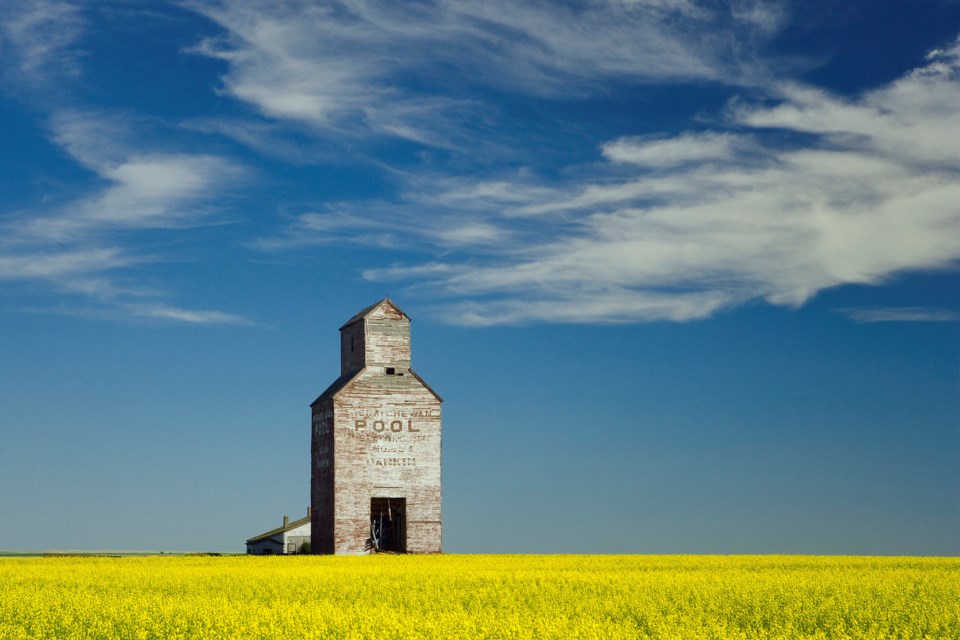WESTERN PRODUCER — John Baranick has the unenviable task of coming up with a weather forecast for the United States during a period of uncertainty.
The world will be transitioning from a super El Nino weather event to a La Nina event this spring and summer.
That is considered a neutral ENSO state.
“If it’s in a neutral state, it doesn’t drive anything,” DTN’s meteorologist told farmers attending the 2024 Commodity Classic, an annual gathering of U.S. corn, soybean, wheat and sorghum growers.
That means he is putting more faith in historical analog years than he is in weather models this year.
There have only been five years since 1950 where a super El Nino was in place during the winter, so those are the years he is paying attention to.
This year’s super El Nino resulted in a “super warm” winter.
“For a lot of us it didn’t feel like winter,” said Baranick, who lives in Burnsville, Minnesota.
He would usually relish the thought of escaping Minnesota to spend a few days in Houston attending the Commodity Classic in late-February/early-March, but this year it was actually warmer back home.
Much of the U.S. received above-normal precipitation during the winter, especially in the southern portion of the country where drought has been reduced or eliminated.
“It has been absolutely incredible,” Baranick told growers attending DTN’s market and weather outlook session.
“We’re in a good spot.”
But El Nino is quickly losing its grip on the weather as the tropical Pacific Ocean rapidly cools.
The U.S. Climate Forecast System models show there will be a transition to a strong La Nina event by fall and neutral conditions or La Nada for much of the spring and summer.
When Baranick analyzed analog years, he determined that it will likely be a warmer-than-normal spring across the U.S., especially in the north.
There will be active storm systems in March and then it could turn dry in the Midwest for April and May, which could be beneficial for corn and soybean planting.
He expects a “big pool of hot air” in the middle of the country during the summer months.
“We’re expecting a very hot summer, unfortunately,” said Baranick.
June will be dry in the south and wet in the north, which could cause some issues for farmers in the Dakotas and Western Canada if they are late seeding their crops.
July is the opposite scenario. It will be dry in the north and there will be a good pocket of moisture in the Midwest when the corn is pollinating.
“That’s going to be important because if we do get that heat, anybody who stays dry is going to have some issues,” he said.
Contact [email protected]

